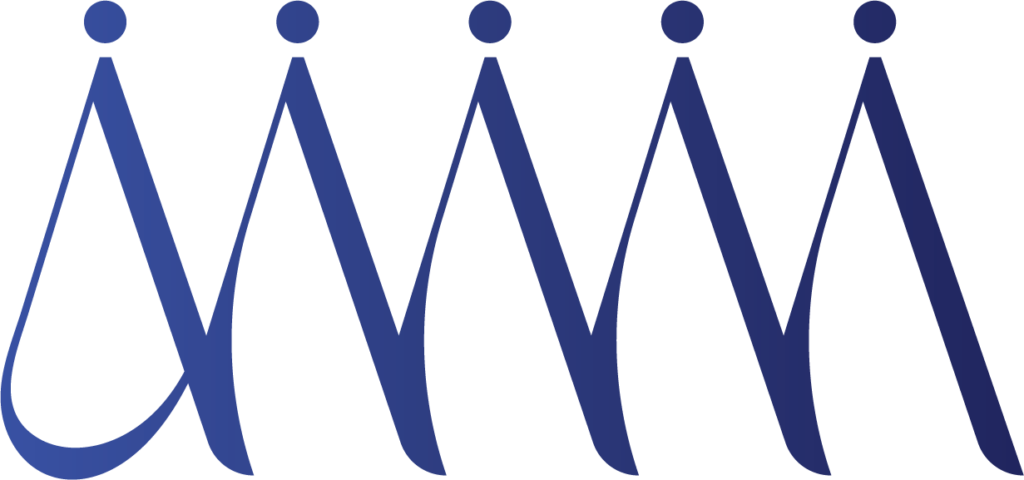The conflict between Israel and Hamas will continue to divide us, unless we risk face-to-face discussion
Ever since I was first given the opportunity to teach about Israel and Middle Eastern politics at Monash University back in 2011, I’ve looked forward to meeting with students, exchanging views and ideas, and engaging in lively discussion.
But when I had to teach classes a few days after the 7 October Hamas massacre of Israeli civilians living next to the Gaza Strip, I did not want to go to the university. I knew people who had lost loved ones — children, brothers, sisters, fathers, and mothers — in the slaughter. My own sister and her family had to flee their house as hostilities broke out near the northern border with Lebanon. Many members of my family had already enlisted in the Israeli Defence Force (IDF) after Israel’s declaration of war, thereby imperilling their own lives.
And I wasn’t alone. Since that dark day in early October, so many members of the Jewish community in Melbourne — family and friends alike — have existed in a state of profound distress and emotional vulnerability.
Why the reluctance? When I was asked by Professor Andrew Markus (who was my doctoral supervisor) and the late Mark Baker (who was then director of the Australian Centre for Jewish Civilisation) to teach the history of the conflict between Israelis and Palestinians to undergraduates, wasn’t it also to promote mutual understanding at just such a time as this?
From the very beginning, I knew that my job was neither to prejudice, nor to persuade, but rather to present a wide range of opinions and research about disputed topics such as the meaning of Zionism, the right of Israel to exist as a free and democratic state, the plight of the Palestinian Arabs, religion and culture in the Middle East, their encounters with Western societies, and so on. It’s not that I don’t have opinions of my own — after all, I grew up in Israel, served in the IDF, and started a family in the Jewish state. Unsurprisingly, then, I stand with the Israel and defend its right to flourish within safe and secure borders.
At the same time, as a historian of the conflict, I am familiar with the Palestinian narrative, the suffering of Arab refugees since the creation of the State of Israel in 1948, the Palestinian dream of “return” to what they see as their ancestral lands, and their aspirations for freedom and statehood.
Knowing this complex and contentious history, I invariably sought to disabuse my students of the simplifications and slogans which predominate on social media. The truth is never as simple as pundits would have you believe, and blame is never all on one side. And yet on that morning, just days after 7 October, I didn’t know if I should continue to be impartial, committed to truth and balance, and encourage real debate. I did not want to face students armed with pain, anger, and sadness. I wasn’t sure that I could handle direct questions about why this massacre had happened and who was to blame.
I knew some students had families in both Israel and Gaza. Though we did not know the full extent of the atrocities committed on that day — which included the murder of no less than 1,200 men, women, and children, the torture, rape, and desecration of the bodies of civilians, and the kidnapping of 240 men, women, children, and babies —it was already clear that what took place on 7 October was an unprecedented disaster. It was Israel’s 9/11 moment. Within days, the death toll in southern Israel and the Gaza Strip, following Israel’s swift reprisal, began to mount. The young and most vulnerable were caught up in the scenes of devastation, dislocation, and hopelessness.
Related Posts
Report: Task Force on Antisemitism
The demonstrations that roiled our campuses during the past academic year uncovered deep disagreements about the mission of our University. During those months, consensus around the University’s formal rules and informal norms of behavior broke down, interfering with our charge to educate students and engage in research.
THE CORRUPTION OF THE AMERICAN MIND:HOW FOREIGN FUNDING IN U.S. HIGHEREDUCATION BY AUTHORITARIAN REGIMES,WIDELY UNDISCLOSED, PREDICTS EROSION OFDEMOCRATIC NORMS AND ANTISEMITICINCIDENTS ON CAMPUS
THE CORRUPTION OF THE AMERICAN MIND: HOW FOREIGN FUNDING IN U.S. EDUCATION BY AUTHORITARIAN REGIMES, WIDELY UNDISCLOSED, PREDICTS EROSION OF
